Description
Name of Book :– Matrix Analysis of Framed Structures
Page Length :- 557
Preface
Matrix analysis of structures is a vital subject to every structural analyst, whether working in aero-gastro, civil, or mechanical engineering. It provides a comprehensive approach to the analysis of a wide variety of structural types, and therefore offers a major advantage over traditional method~ which often differ for each type of structure. The matrix approach also provides an efficient means of describing various steps in the analysis and is easily programmed for digital computers. Use of matrices is natural when performing calculations with a digital computer, because matrices permit large groups of numbers to be manipulated in a simple and effective manner.
This book, now in its third edition, was written for both college students and engineers in industry. It serves as a textbook for courses at either the senior or first-year graduate level, and it also provides a permanent reference for practicing engineers. The book explains both the theory and the practical implementation of matrix methods of structural analysis. Emphasis is placed on developing a physical understanding of the theory and the ability to use computer programs for performing structural calculations.
In preparing this new edition, we have tried to maintain the strengths of the earlier editions while also adding new material to allow personal computers to be used in the solution of problems. The direct stiffness method is presented in detail because it is the best and most general approach for the analysis of structures by digital computation. The flexibility method is included as a supplementary method, partly for completeness and partly because it often is necessary to obtain stiffness’s and fixed-end actions by flexibility techniques.





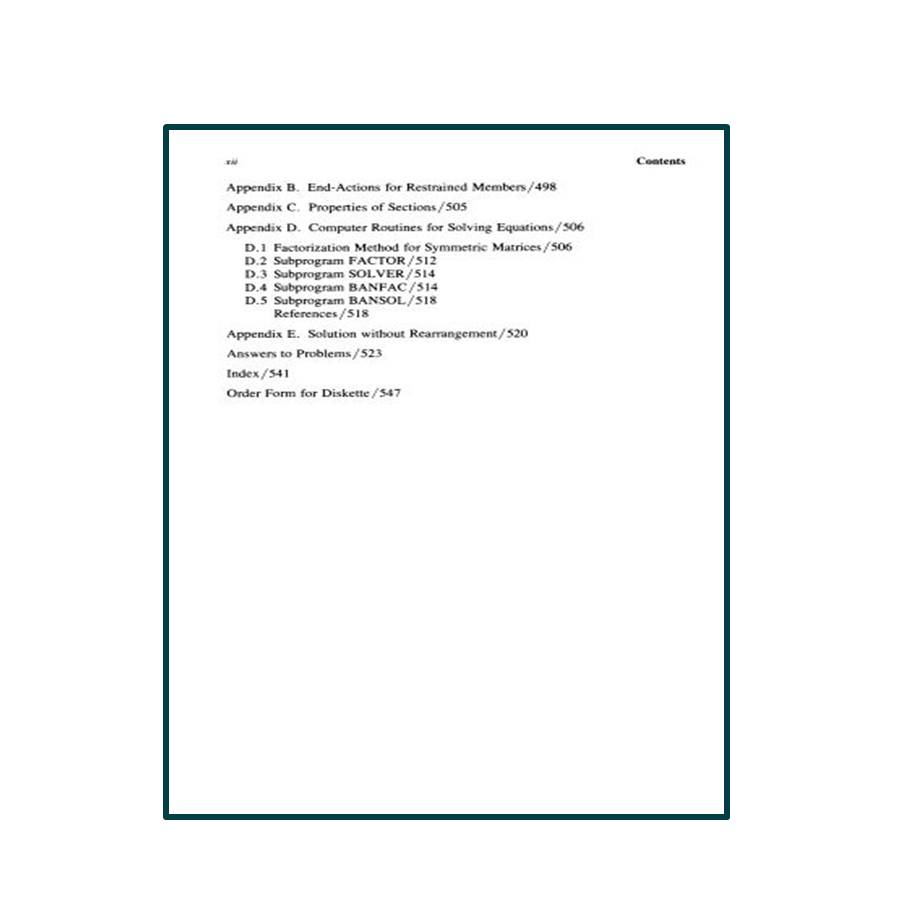
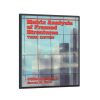
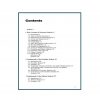
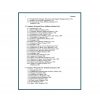

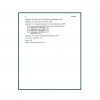


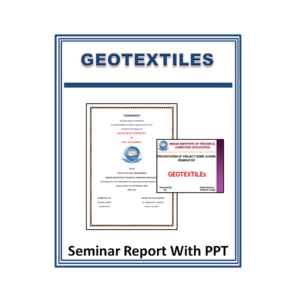

Reviews
There are no reviews yet